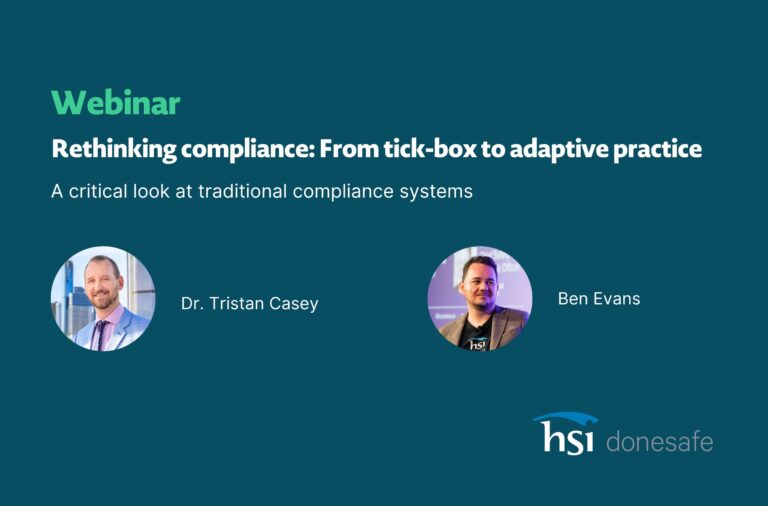
Managing safety across multiple locations, languages, and systems is no small feat. For global organizations, the challenge of maintaining consistency while juggling the complexities of diverse projects and teams can often feel insurmountable. Yet, companies like BESIX (read the case study here!) have shown that it’s possible to transform this complexity into a strength.
Here’s how global leaders are reshaping their safety processes to streamline reporting, improve data accuracy, and drive better outcomes for their teams.
The Problem with Disconnected Systems
For many large organizations, safety processes often rely on manual reporting methods like spreadsheets, emails, or disparate software systems. While these methods may be passable on a small scale, they create significant inefficiencies and risks for companies operating across multiple locations. Common challenges include:
- Inconsistent data: When each location or team uses its own system, ensuring data accuracy and consistency becomes a constant struggle.
- Missed insights: Siloed systems prevent teams from identifying patterns or trends that could proactively mitigate risks.
- Administrative burden: The time spent consolidating and cleaning data leaves less time for meaningful safety initiatives.
How BESIX Tackled the Challenge
BESIX, a global construction leader, faced many of these challenges while managing safety for thousands of employees across five continents. They realized that their current processes were holding them back and decided to centralize their safety and EHS data using HSI Donesafe.
By implementing a streamlined, centralized system, BESIX achieved several critical improvements. Safety data from over 580 projects is now standardized and instantly accessible, enabling teams to act on risks without delays. They eliminated errors caused by manual data transfers and inconsistencies, significantly improving data integrity. Additionally, centralized reporting allowed BESIX to identify trends and recurring issues across locations, helping them take proactive measures before incidents occurred.
The Key to Global Safety Success
BESIX’s success highlights several best practices for organizations looking to improve their safety reporting processes:
- Centralize data for consistency. A unified system ensures that all teams, regardless of location, are working with the same information.
- Embrace automation to reduce administrative tasks and ensure timely responses to incidents.
- Invest in user-friendly technology. A system that’s easy to use encourages engagement at every level, from executives to on-site workers.
Why This Matters
Streamlined safety reporting creates a safer workplace and empowers teams to make better decisions. When organizations have reliable, centralized data, they can shift from reactive to proactive safety strategies, reducing risks and protecting their people.
What Could This Look Like for Your Team?
Whether you’re managing a single location or hundreds, the benefits of a smarter safety system are universal. By transforming the way you approach reporting, you can free up valuable time, improve data accuracy, and focus on what really matters—keeping your team safe.
Are you ready to take the first step? Let’s explore how centralized safety reporting could work for your organization.
Share:



